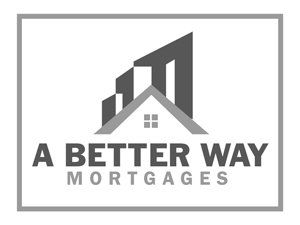New Paragraph
Using Your RRSP To Help Buy A Home
Did you know that you can use your RRSP to help buy a home? In fact, you can, it’s called the RRSP Home Buyer’s Plan (or HBP for short). Here are a few things you need to know!
It needs to be your first home (with some exceptions). Technically, you must not have owned a home in the last four years or have lived in a home that your spouse owned in the last four years. There’s an exception to this: those with a disability OR those helping someone with a disability can withdraw from an RRSP for a home purchase at any time.
You have 15 years to pay back the RRSP – and you’ll start the second year after the withdrawal. While you won’t pay any tax on this particular withdrawal, it does come with some conditions. You’ll have to pay back the full amount you withdrew over 15 years – the CRA will send you an HBP Statement of Account every year to advise how much you owe the RRSP that year. Your repayments will not count as contributions – you’ve already received the tax break from those funds.
The funds you withdraw from the RRSP must have been there for 90 days. This is a rule not many people are aware of, but it’s pretty important. You can still technically withdraw the money and use it for your down-payment, but it won’t be tax deductible, and won’t be considered to be part of the HBP. Any funds contributed within 90 days changes nothing – the contribution was completely meaningless. For most people, just a little bit of pre-planning would have given a decent tax deduction in a year they could have really used it.
You can access up to $35,000 ($70,00 per couple) . As of March 19th 2019, the CRA increased the amount from available for withdrawal from $25k to $35k. You can learn more about the Home Buyers’ Plan by checking out the CRA website here.
If you would like to know more about how the HBP could work for you, please don’t hesitate to contact me anytime!
Share
RECENT POSTS


STAY INFORMED
Subscribe to my newsletter




